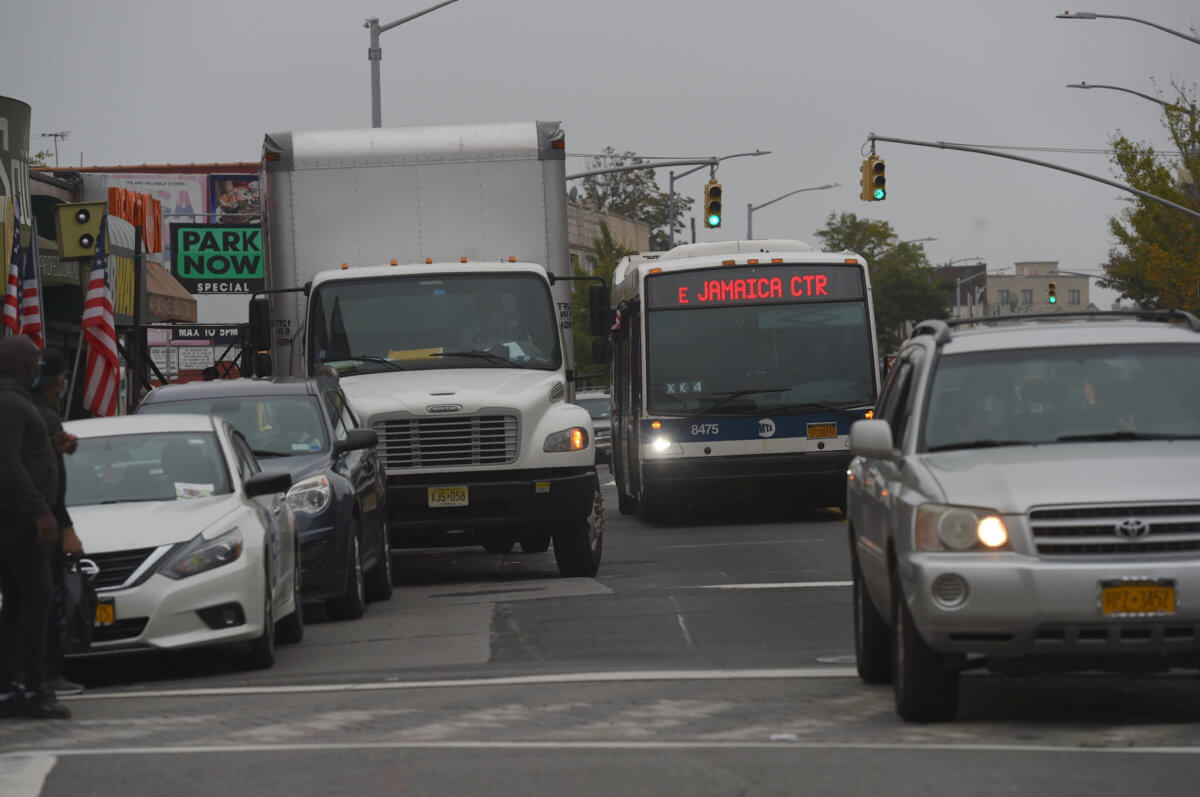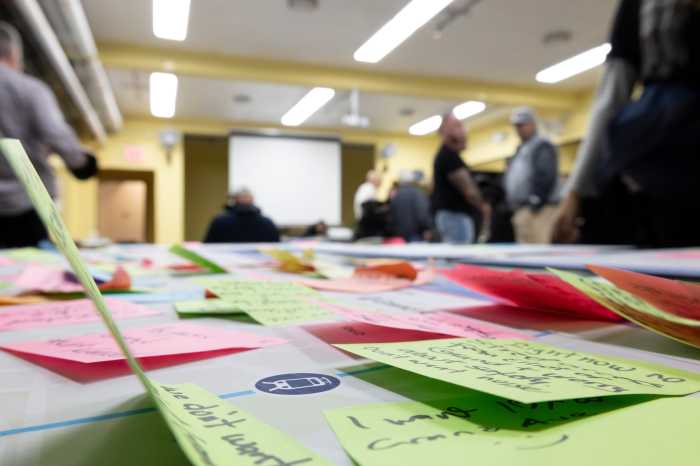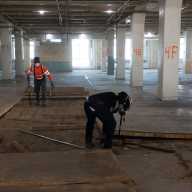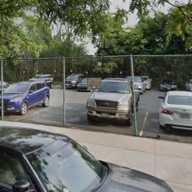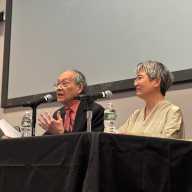A former MTA bus driver and union leader turned southeast Queens councilman is railing against the city’s Department Transportation regarding the Merrick Boulevard Bus Lane project and the agency’s “unwillingness to work with communities of color.”
Councilman I. Daneek Miller launched his broadside in a lengthy statement on Wednesday, Dec. 9.
“Transit improvements are welcome and necessary in southeast Queens, particularly as we remain a transit desert, and our commute times are some of the highest in the city,” Miller said. “The Department of Transportation’s recent plan for a Merrick Boulevard Bus Lane could have been a win for the community, but instead, it has become another mode of punitive enforcement while addressing none of the transit, traffic or accessibility issues that the residents have requested for years.”
The DOT initially presented a plan that was met with major objections from the community, including 24/7 bus lane enforcement and offset bus lanes along strips of Merrick Boulevard plagued with illegal storage of vehicles, double-parking and sidewalk parking, which curbside bus lanes have helped to address in other areas of the borough.
“We sent these concerns and recommendations to Commissioner [Polly] Trottenberg and scheduled a follow-up meeting with DOT, MTA and NYPD representatives to walk the sections of the corridor where autobody shops misuse the sidewalk and cause major traffic congestion,” Miller said. “During this meeting, we watched in disbelief as DOT painted lines along the corridor that they were purportedly assessing with us for a curbside bus lane.”
Miller said the community requests were and remain simple. Based on the needs of residents, including those who were present at a recent Community Board 12 meeting during which the DOT proposal was met with ire as it was presented to the full board, the requests made it clear that the adjustments to the proposal were still needed. Those requests included curbside lanes along stretches of the Merrick Boulevard corridor, securing two moving lanes of traffic and disincentivizing the storage of derelict vehicles, including on sidewalks, by local auto body shops.
Rush hour enforcement of the bus lane, as opposed to the 24-hour enforcement and delayed implementation until concerns of the community are appropriately addressed and real community outreach accomplished.
“Despite our office making these reasonable considerations known well in advance of the project’s original implementation of mid-late October, DOT completely ignored these considerations,” Miller said, adding that this wasn’t the first time the agency ignored the community.
When the Jamaica Busway was announced earlier this year, the community rallied and urged the DOT to instead move the busway to Archer Avenue, which would improve bus speeds on the lines most frequented by southeast Queens riders.
“Instead, we were told that a Jamaica Avenue busway would speed up the line further down into Brooklyn, and a busway along Jamaica would be a benefit to our commercial corridor despite local businesses coming out against the project,” Miller said. “Once again, the department prioritized businesses and outside communities before the needs of our own, insisting it knew better than our community of color what is best for us.”
Miller said the “overwhelming display of dismissiveness is incredibly disappointing, but not surprising” of an agency that “notoriously lacks diversity” and has “little sensitivity for the challenges communities of color have faced” in securing equitable infrastructure investments.
“Improvement in already transit-rich neighborhoods like Jackson Heights or Flushing are commendable, but the DOT has not done the hard work of ambitiously making change for this predominantly Black community that remains a transit desert,” Miller said. “They’ve done the bare minimum, giving us speed cameras as our share of Vision Zero while other communities get high visibility crosswalks, curb extensions and open streets.”
QNS reached out to the DOT and is awaiting a response.
“To create fault lines over an issue so minuscule to the department, but so impactful on the everyday quality-of-life of southeast Queens residents is misguided and erodes the already fragile relationship the agency has with our community,” Miller said. “While we may have hoped for a resolution before, after seven years of business as usual, it seems more likely that southeast Queens will have to wait for the next administration for meaningful change.”

